20100602-banning-mw17-collection-001
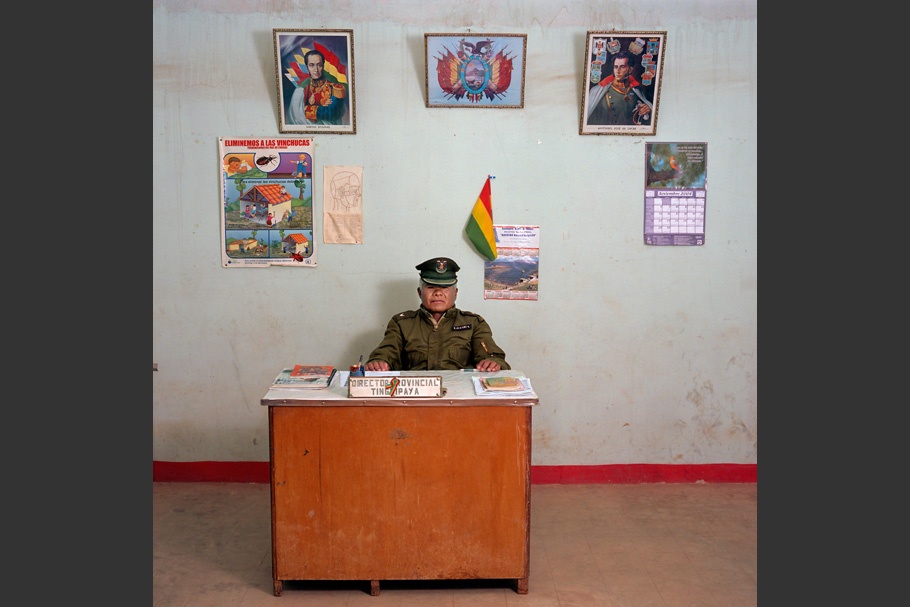
Bolivia 2005: Department of Potosi
Standard workweek: 40 hours
Constantino Ayaviri Castro (b. 1950), previously a construction worker, receives 800 bolivianos (US$100) a month as a police officer third class for the municipality of Tinguipaya, Tomás Frías Province. The police station does not have a typewriter, phone, or car.
20100602-banning-mw17-collection-002
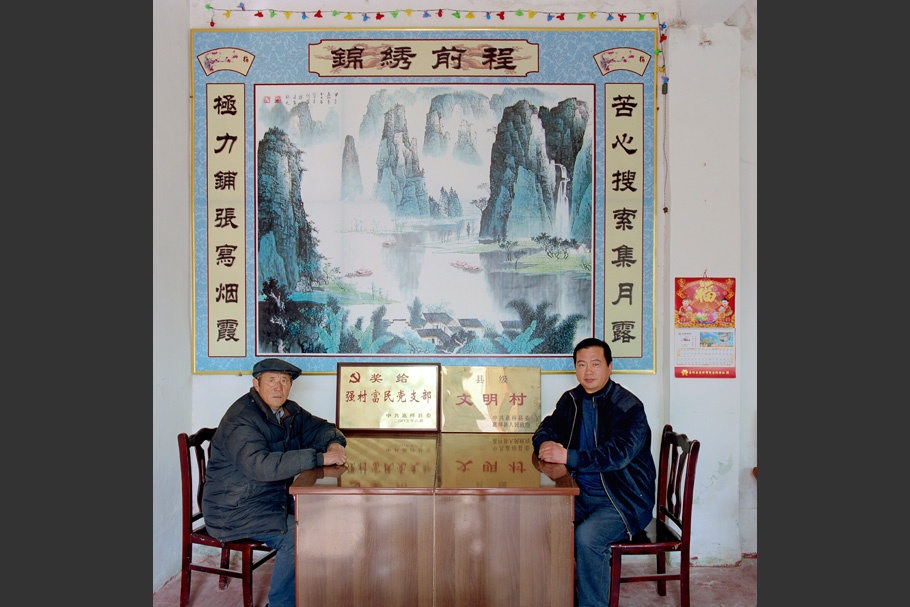
China 2007: Shandong Province
Standard workweek: 40 hours
Cui Weihang (left, b. 1943) receives no salary for his work as village chief of Cui (population 2,300), part of Jining City in Shandong Province. Weihang’s colleague, Cui Gongli (b. 1969), earns a monthly salary of 280 renminbi (US$35) as a party secretary of the Chinese Communist Party in Cui.
20100602-banning-mw17-collection-003
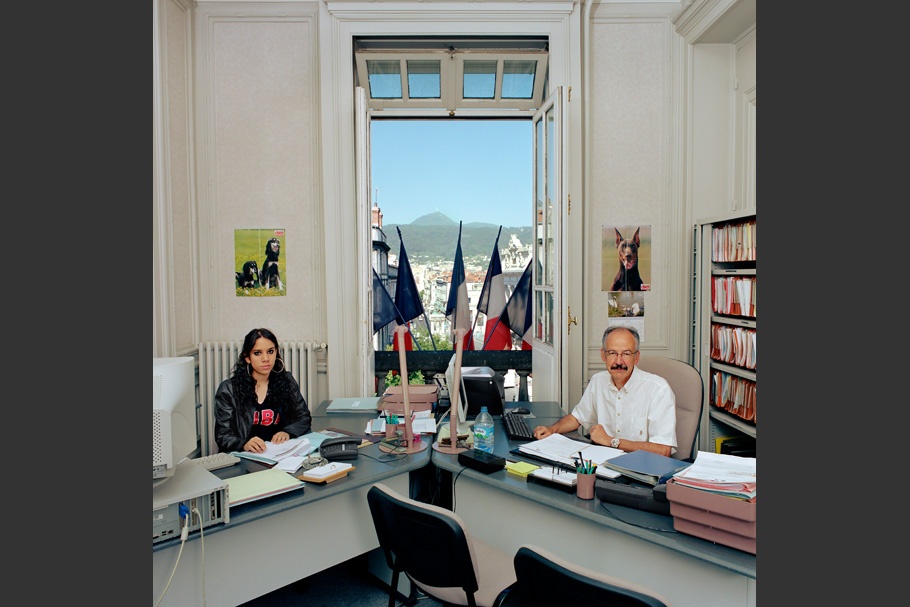
France 2006/2007: Auvergne and Picardie regions
Standard workweek: 35 hours
Maurice Winterstein (b. 1949) works in Clermont-Ferrand, a city in the region of Auvergne. As a member of staff at the Commission for the Advancement of Equal Opportunity and Citizenship, Winterstein receives a monthly salary of €1,550 (US$2,038). His responsibilities include managing the portfolio of religious affairs, with a particular focus on Islam. The woman on Winterstein’s right, Linda Khettabi (b. 1989), is an intern pursuing training as a secretary.
20100602-banning-mw17-collection-004
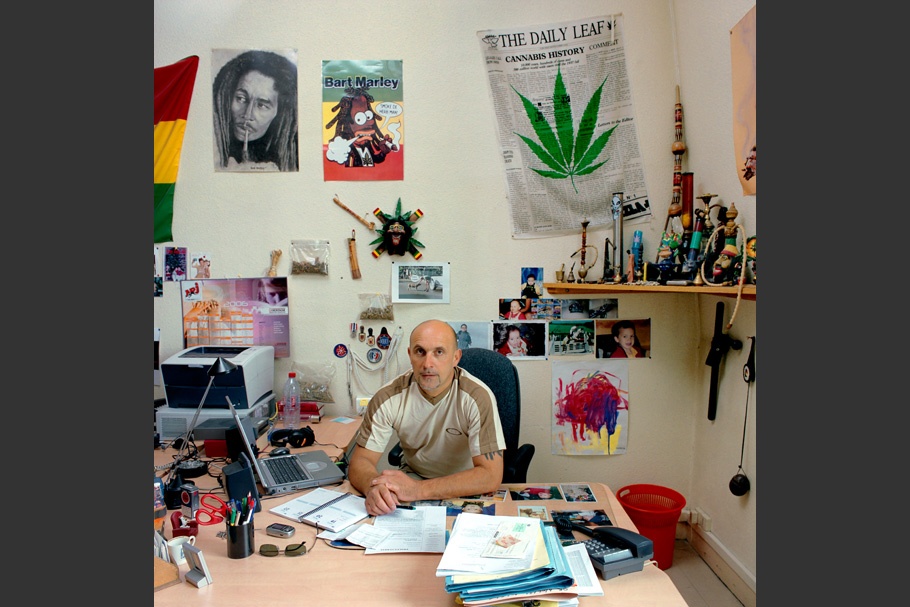
France 2006/2007: Auvergne and Picardie regions
Standard workweek: 35 hours
Roger Vacher (b. 1957) earns a monthly salary of €2,200 (US$2,893) as a narcotics agent for the national police force in the city of Clermont-Ferrand in the region of Auvergne.
20100602-banning-mw17-collection-005
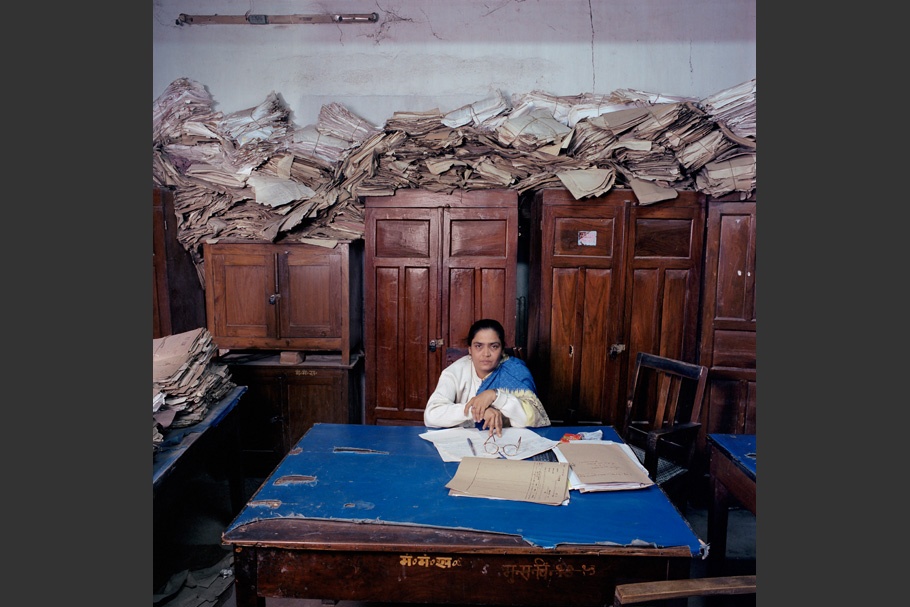
India 2003: State of Bihar
Standard workweek: 35 hours
Sushma Prasad (b. 1962) is an assistant clerk to the cabinet secretary for the State of Bihar (population 83 million) in the state capital, Patna. Prasad earns a monthly salary of 5,000 rupees (US$110) and was hired “on compassionate grounds” after the death of her husband who had worked in the same department until 1997.
20100602-banning-mw17-collection-006
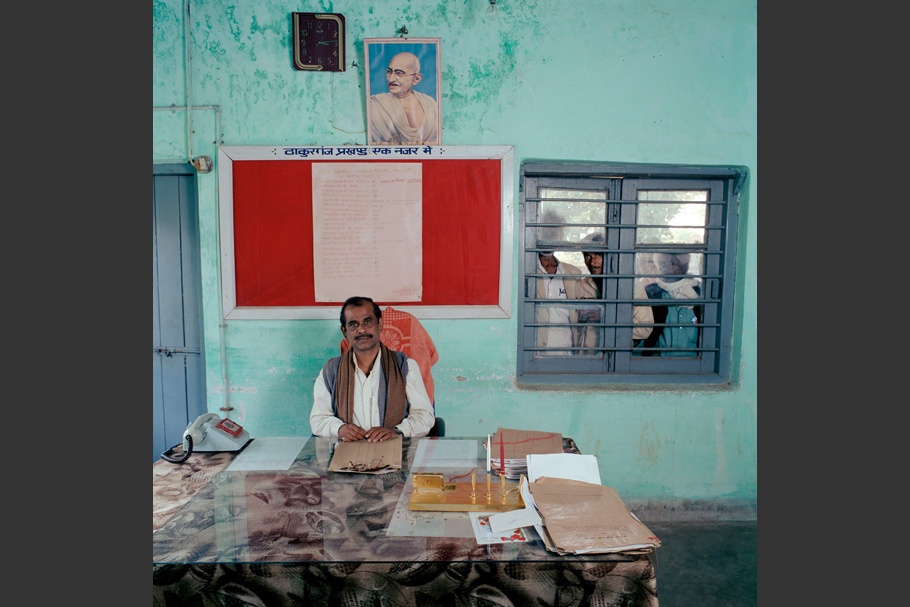
India 2003: State of Bihar
Standard workweek: 35 hours
Dr. Munni Das (b. 1960) makes about 10,000 rupees (US$220) a month as a block development officer for the Thakurganj Block, an administrative entity within the Kishanganj District in the State of Bihar.
20100602-banning-mw17-collection-007
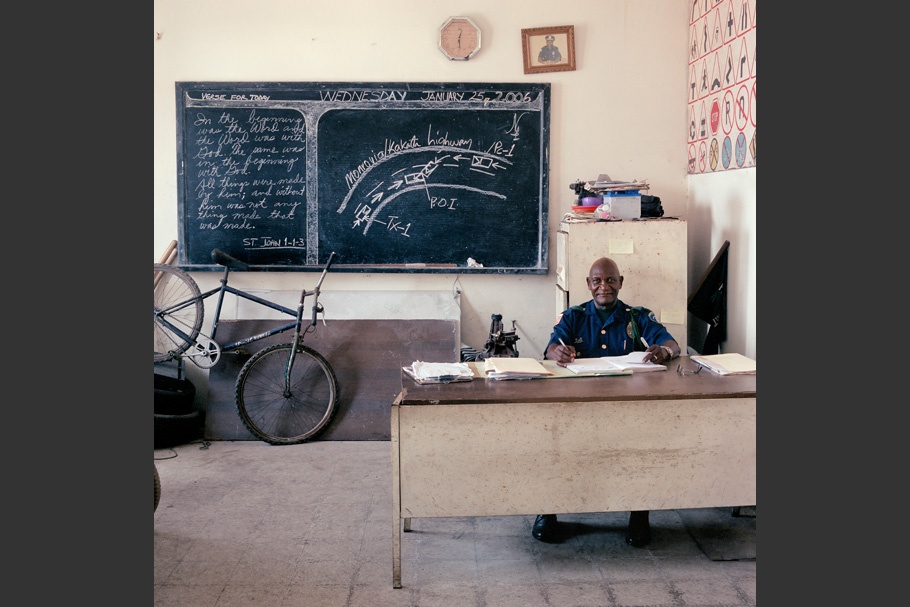
Liberia 2006: Margibi, Montserrado, Grand Gedeh, & River Gee counties
Standard workweek: 37 hours
Major Adolph Dalaney (b. 1940) works for the traffic police in the accident reconstruction room at the national police headquarters in Liberia’s capital, Monrovia. Adolph’s monthly salary is just under 1,000 Liberian dollars (US$18). Traffic accident victims sometimes try to take advantage of low salaries by offering extra payment if officers draw up favorable reports to present to a judge.
20100602-banning-mw17-collection-008
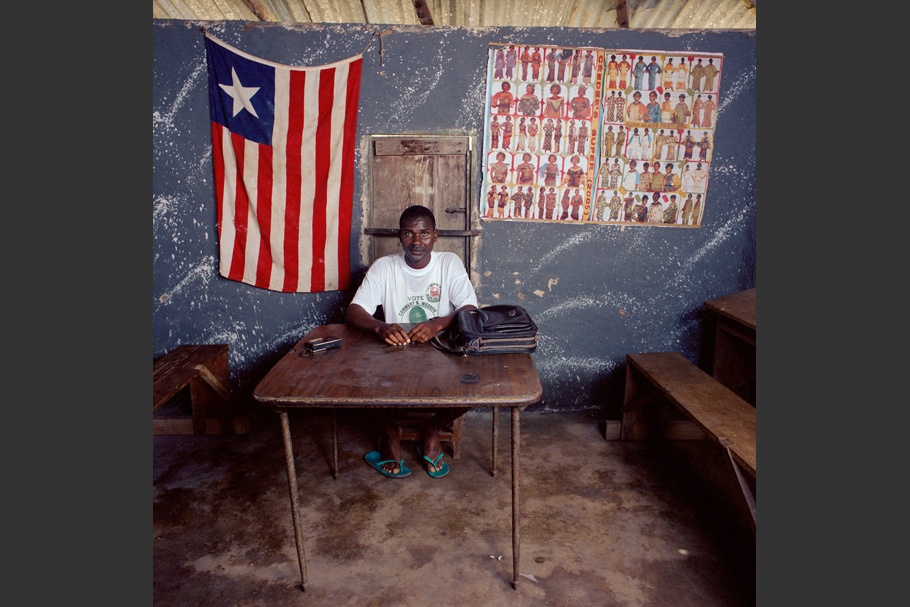
Liberia 2006: Margibi, Montserrado, Grand Gedeh, & River Gee counties
Standard workweek: 37 hours
Warford Weadatu Sr. (b. 1963), a former farmer and mail carrier, is a county administrator for the Nyenawliken District, River Gee County. He has no budget and does not expect any money soon from the poverty-stricken authorities in Liberia’s capital, Monrovia. Weadatu’s pretax, monthly salary in 2006 was 1,110 Liberian dollars (US$20), although in 2005 he received no salary at all.
20100602-banning-mw17-collection-009
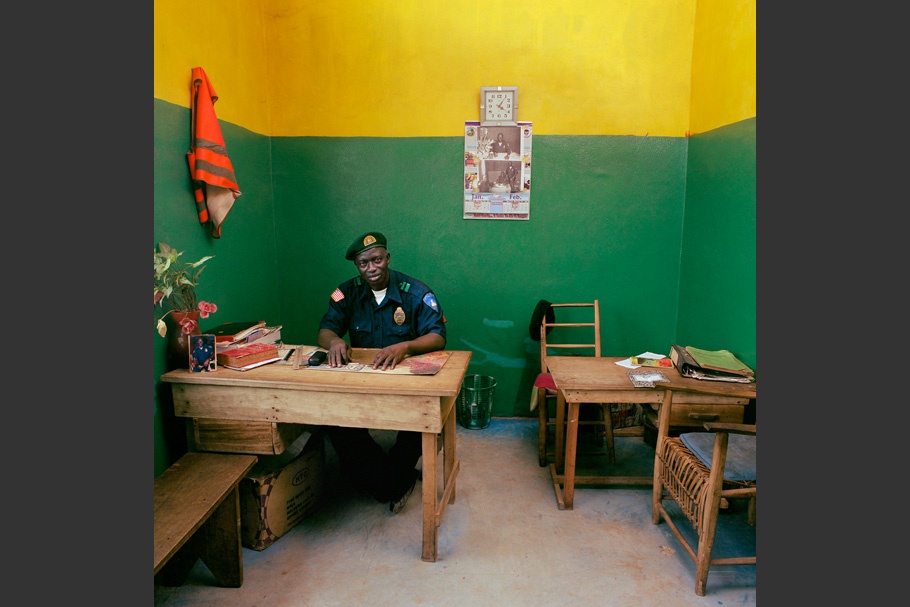
Liberia 2006: Margibi, Montserrado, Grand Gedeh, & River Gee counties
Standard workweek: 37 hours
Lieutenant Samuel P.S. Kollie (b. 1955) is chief of traffic police in Kakata, Margibi County. Kollie’s monthly salary is 900 Liberian dollars (US$16). He has no means of communication and no police car. When traveling to the scene of an accident, Kollie sometimes takes a cab at the expense of the person reporting the incident.
20100602-banning-mw17-collection-010
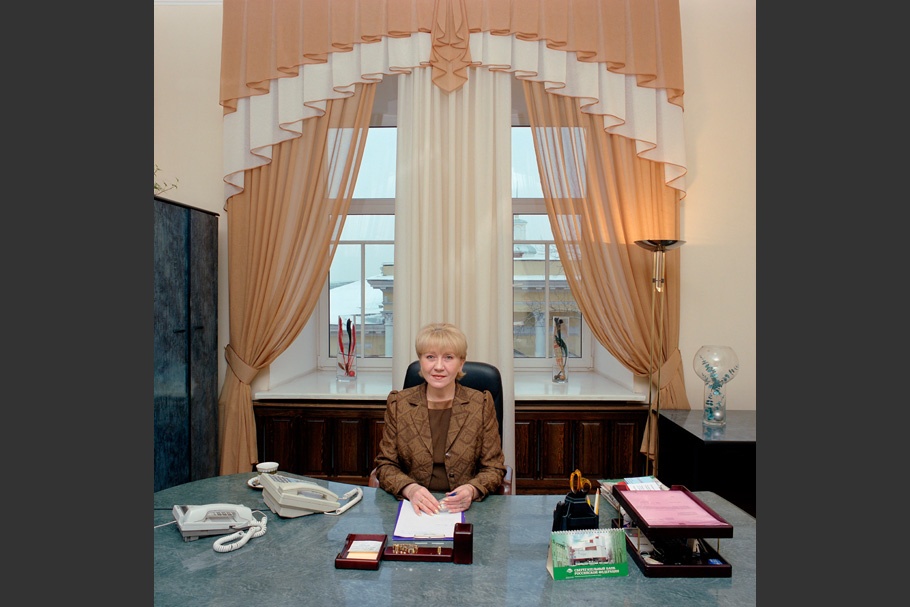
Russia 2004: Tomsk province
Standard workweek: 45 hours
Lyudmila Vasilyevna Malkova (b. 1959) earns 10,500 rubles a month (US$375) working in Tomsk Province as a secretary to the mayor of the city of Tomsk. Malkova and her colleague work at least 12 hours a day and take turns, working every other day, seven days a week.
20100602-banning-mw17-collection-011
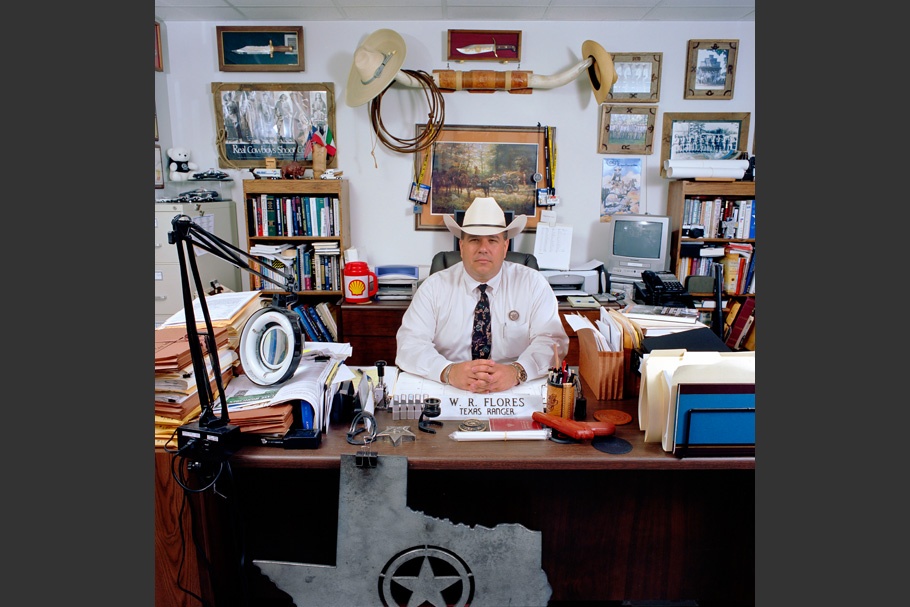
USA 2007: State of Texas
Standard workweek: 40 hours
Rudy Flores (b. 1963) is a member of the Texas Rangers, a law enforcement agency that uses 118 officers to cover the vast state’s 254 counties. Flores, based in Palestine, Anderson County, Texas, is responsible for three counties and earns a monthly salary of $5,000.
20100602-banning-mw17-collection-012
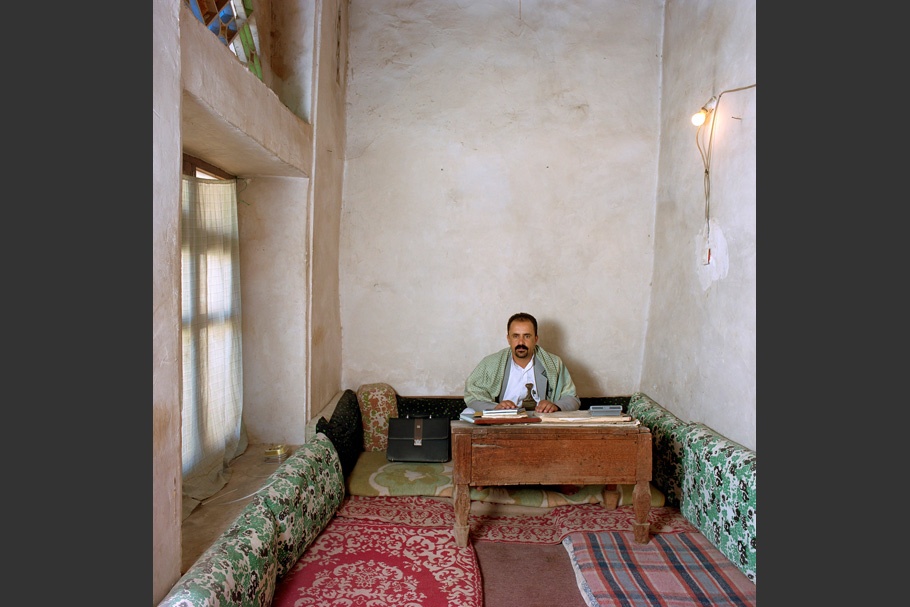
Yemen 2006: Governorates of Al-Mahwit, Amran, Ibb, & Sana’a
Standard workweek: 30 hours
Adil Mohammed Al-Ghobari (b. 1974) is deputy manager at the regional office of the Ministry of Awqaf (Endowments) and Religious Guidance in the district of Thula. Al-Ghobari’s salary depends on the amount of endowments and fluctuates from 14,000 to 20,000 rial per month (US$78 to US$112).
20100602-banning-mw17-collection-013
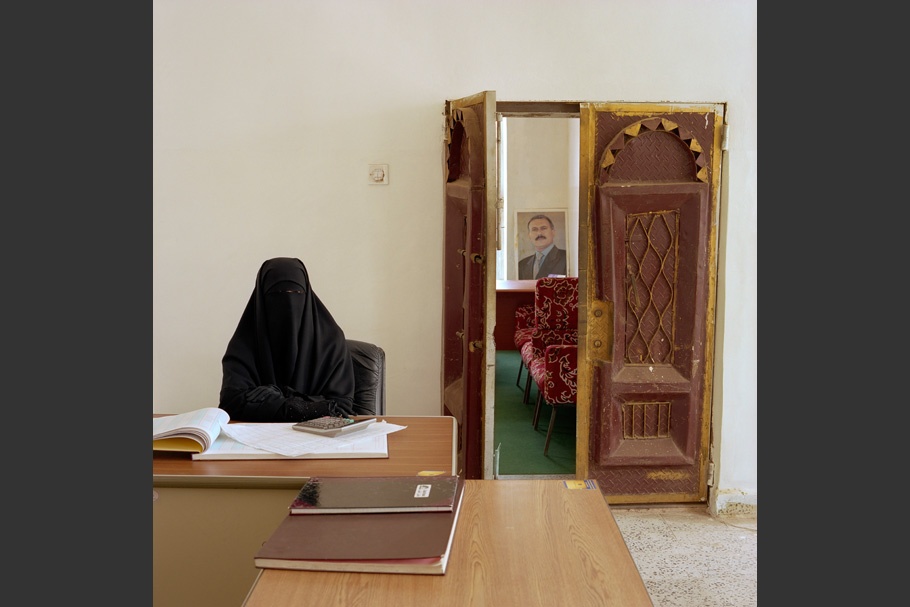
Yemen 2006: Governorates of Al-Mahwit, Amran, Ibb, & Sana’a
Standard workweek: 30 hours
Alham Abdulwaze Nuzeli (b. 1982) earns a monthly salary of 12,000 rial (US$67) working at the regional office of the Ministry of Tithing and Alms in the city of Al-Mahwit.
After studying social and economic history, Jan Banning went on to pursue photography, with the book and exhibition Bureaucratics as one of his most recent projects. His main themes are matters of state power and the long-term consequences of conflict.
Banning’s other work includes Traces of War: Survivors of the Burma and Sumatra Railways (2005), a book and exhibition about the experiences and aftermath of forced laborers during World War II; Vietnam; Doi Moi (1993), a photobook about post-war social and economic changes; and Burma Behind the Mask (1997), a book featuring Banning’s photography, with texts by Jan Donkers and Minka Nijhuis, and an introduction by Aung San Suu Kyi. In 2010, Banning completed Comfort Women, a book and exhibition featuring portraits of Asian women forced into prostitution by the Japanese military during World War II.
Banning’s work has been widely published in magazines and books, exhibited in four continents, and is included in a number of public and private art collections in Europe and the United States. While most of his projects are self-initiated, Banning has also worked on assignment for clients such as the Rijksmuseum (the Dutch national museum in Amsterdam). Banning’s photography has received many prizes, including a World Press Photo Award in 2004.
Jan Banning
Bureaucratics is a book and exhibition that explores the culture, rituals, and symbols of state civil administrations and the people who work within them in eight countries across five continents. I aimed to bring the heart of an anarchist, the mind of a historian, and the eye of an artist to my portrayals of civil servants at work in Bolivia, China, France, India, Liberia, Russia, the United States, and Yemen.
I visited hundreds of offices of functionaries in different agencies and at different levels. My visits were unannounced and I was accompanied by the writer Will Tinnemans who interviewed each subject and kept them from tidying up or changing the office from its natural state. This technique allowed me to pose each subject behind his or her desk and create photos showing what a local citizen would be confronted with when they called upon their government.
The photography has a conceptual, typological approach reminiscent of August Sander’s Menschen des 20 Jahrhunderts (People of the Twentieth Century). The photos all have a square format (fitting the subject), are shot from the same height (that of the client), with the desk—its front or side photographed parallel to the horizontal edges of the frame—serving as a bulwark insulating the representative of rule and regulation against the individual citizen. The images are accompanied by information such as the subject’s name, age, function, and salary. Some of the images reveal the way the state proclaims its power or the bureaucrat’s rank. Others contain details of a more private nature that provide clues about the individual behind the desk.
While these photos often highlight the humor and absurdity of bureaucracies, they also seek to demonstrate compassion toward those who work within the state’s paper labyrinth.
—Jan Banning, June 2010